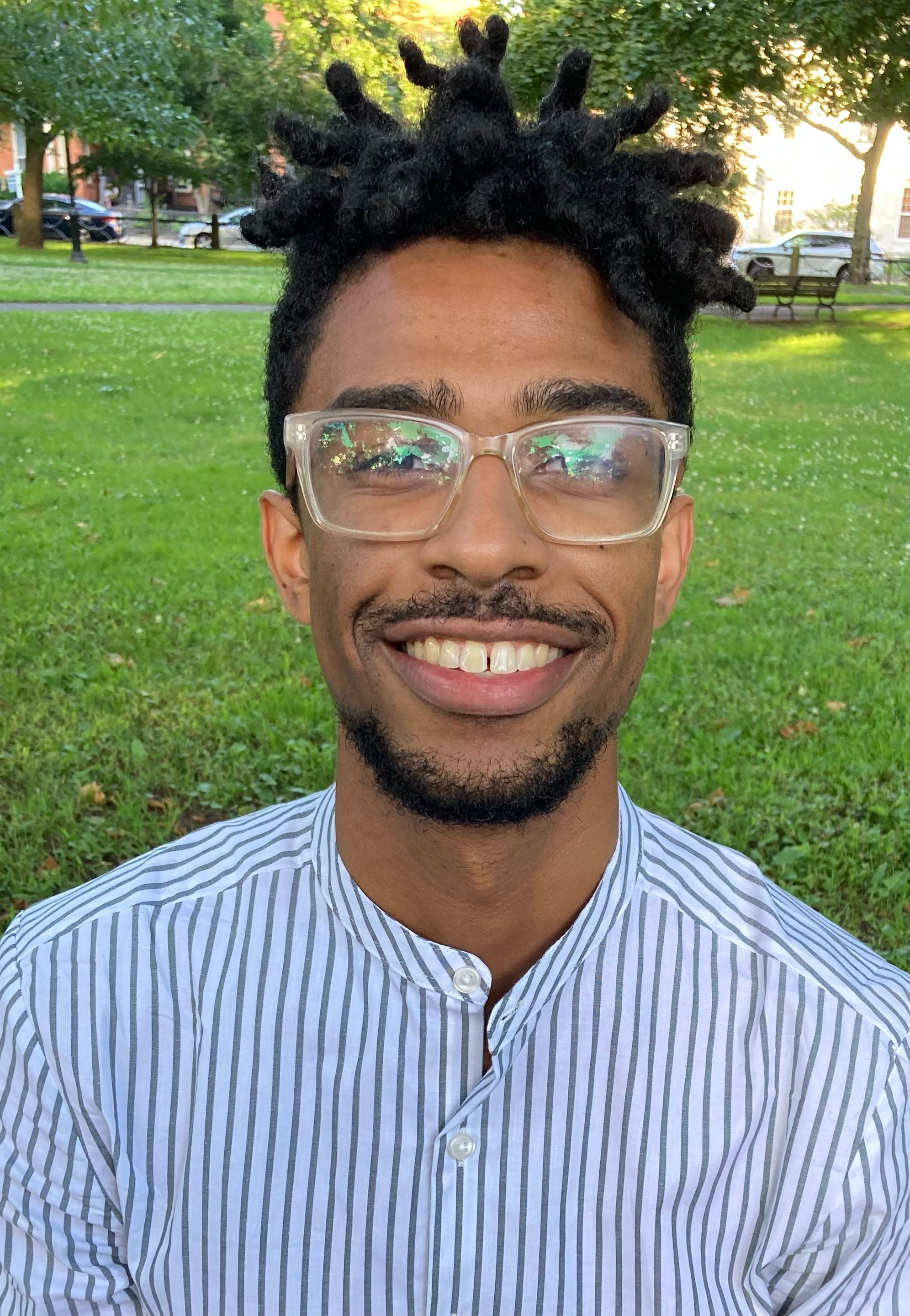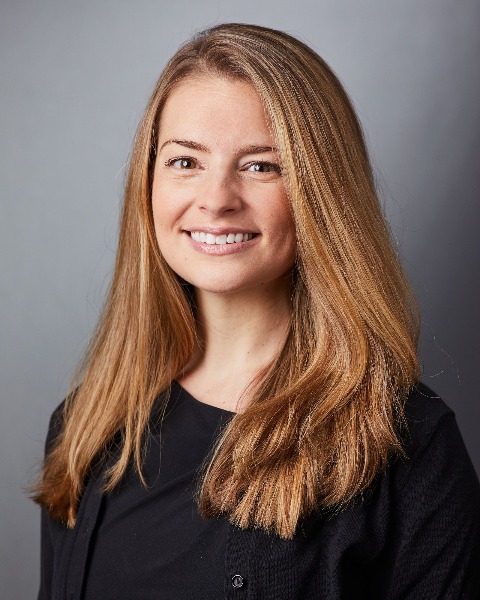Symposia
Dissemination & Implementation Science
1 - (SYM 16) Integrating Clinical Psychological Science with Community-engaged Methods to Inform the Design of the North Point Children's Wellness Center

Jordan Foster, M.S. (he/him/his)
Ph.D. Student
Yale University
New Haven, Connecticut, United States- HH
H. R. Hodges, BA (she/her/hers)
Ph.D. Student
University of Minnesota
Minneapolis, Minnesota, United States - EC
Emily Cohodes, M.S., M.Phil.
Graduate Student
Yale University
New Haven, Connecticut, United States - MP
Mirelle Phillips, BA (she/her/hers)
CEO
Studio Elsewhere
New York, New York, United States - EA
Erik Anderson, BA (he/him/his)
Designer
Studio Elsewhere
Brooklyn, New York, New York, United States - BF
Bunmi Fagbenro, BA (she/her/hers)
Designer
Studio Elsewhere
Brooklyn, New York, New York, United States - MK
Mischa Kuma, BA (she/her/hers)
Designer
Studio Elsewhere
Brooklyn, New York, New York, United States 
Dylan Gee, Ph.D.
Assistant Professor
Yale University
New Haven, Connecticut, United States
Speaker(s)
Co-author(s)
Introduction: The future of cognitive and behavioral science lies in extending its impact beyond the traditional confines of the treatment clinic. Integrating research in clinical child psychology with fields like architecture and design has the potential to optimize physical spaces to enhance youth mental health. Meaningful work in this domain necessitates that clinical scientists form and maintain equitable partnerships with both design professionals and community members. We present an exploration of the integration of community-engaged methods with research in clinical child psychology to inform the design of the NorthPoint Children’s Wellness Center, a childcare center in Minneapolis. We present: (1) principles from clinical child psychology that informed the design of the space; (2) qualitative findings from community focus groups; and (3) partner perspectives on implementing this integrated approach.
Methods: Experts in clinical child psychology conducted integrative literature reviews to identify psychological factors crucial for children's mental health that could be applied to the design of a childcare space. These findings were used by design professionals to inform both the design of the NorthPoint Children’s Wellness Center, as well as the structure and content for 3 days of community workshops held with key stakeholders, staff, patients, and families. Separate workshops were held to discuss partner engagement.
Findings: Clinical science research informed the inclusion of physical aspects of the Children’s Wellness Center that aim to support the psychosocial needs of children, including agency, social connection, and affirmations of identity. In addition, through community feedback, we identified the challenges that the Center would be responsive to, including cultural/linguistic barriers to quality childcare, intergenerational and community trauma, and issues of trust and sustainability. Finally, we observed challenges to maintaining equitable partnerships across domains, including differences in timelines, navigating diverse community perspectives, and balancing scientific theory with practical design constraints.
Conclusions: By merging insights from clinical research, design practice, and the community, we propose novel directions by which cognitive and behavioral science can impact community mental health. Identifying and addressing the challenges that come with balancing equitable partnerships is key to the success of collaborative initiatives that aim to improve mental health.

.png)
